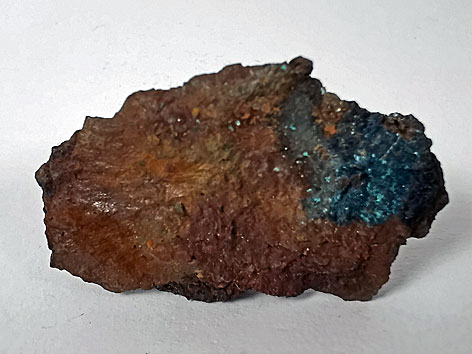
Botallackit xx neben Connellit
Botallack Mine, Botallack, St. Just, Cornwall Co., England, UK (TL)
Stufe: 3,7 x 2,5 cm
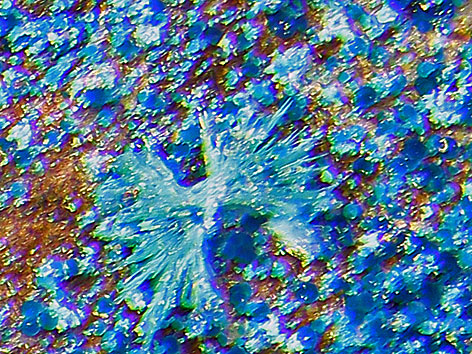
Garbe aus Botallackit xx neben Connellit
Detail der links abgebildeten Stufe
Bildbreite: 1,6 mm
|
Botallackit |
|
|
Formel: |
Cu2(OH)3Cl (3.DA.10b; Atacamit-Gruppe) |
|
Ausbildung: |
monoklines Kristallsystem; Polymorph von Atacamit und Clinoatacamit; kleine, hellblaue, hellgrüne bis blaugrüne, dünntafelige oder auch prismatische, kristallographisch oft schlecht ausgebildete Kristalle, blättrig, schuppig, derb, Krusten |
|
Entdeckung: |
1865 - Arthur Herbert Church; benannt nach der Typlokalität, die Botallack Mine in England |
|
Typlokalität: |
UK, England, Cornwall Co., District St. Just, Area Botallack-Pendeen, Botallack, Botallack Mine, Wheal Cock |
|
Seltenheit: |
wenig verbreitet (Mineralienatlas: 49 / Mindat: 56 Lokalitäten; 2024) |
 Botallackit xx neben Connellit Botallack Mine, Botallack, St. Just, Cornwall Co., England, UK (TL) Stufe: 3,7 x 2,5 cm
|
 Garbe aus Botallackit xx neben Connellit Detail der links abgebildeten Stufe Bildbreite: 1,6 mm
|
|
kleine, grüne, durchsichtige, prismatische xx (< 0,3 mm) auf Anhydrit Halde vom Lichtloch 81, Klostermansfeld, Sa.-Anhalt, BRD Bildbreite: 8 x 6,5 cm |
Detail der links abgebildeten Stufe Bildbreite: 5 mm
|
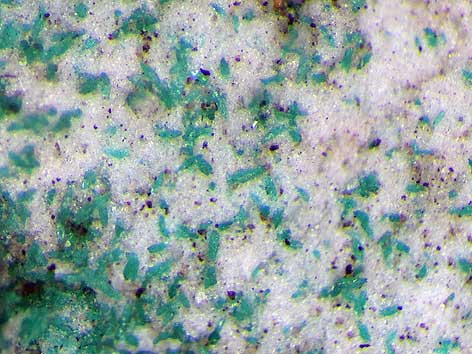
Detail der links abgebildeten Stufe Bildbreite: 2 mm |
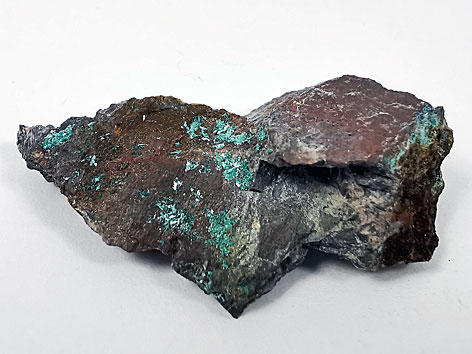 Botallackit xx Levant Mine, Trewellard, St. Just, Cornwall Co., England, UK Stufe: 4,4 x 2,6 cm
|
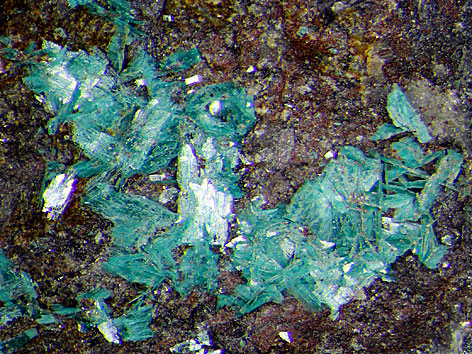
Botallackit xx Detail der links abgebildeten Stufe Bildbreite: 4,5 mm
|
Quellen: Sammlung und Fotos Matthias Kahl; allg. Mineralbeschreibung nach Mineralienatlas.de, Mindat.org, Handbook of Mineralogy, DeWikipedia und/oder Lapis-Mineralienmagazin
© copyright Matthias Kahl